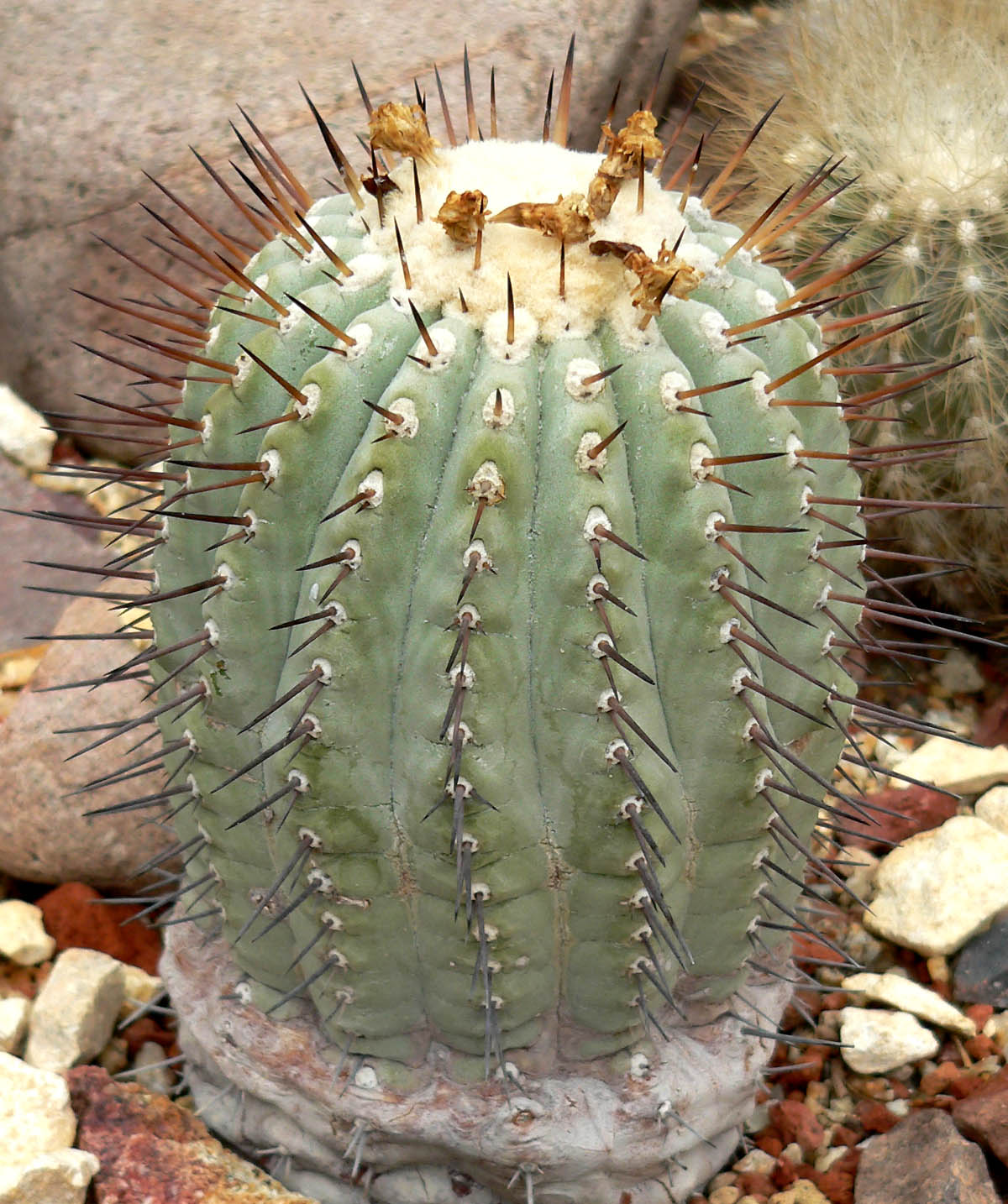|
Eulychnia Acida
''Eulychnia acida'' is a flowering plant in the family Cactaceae A cactus (: cacti, cactuses, or less commonly, cactus) is a member of the plant family Cactaceae (), a family of the order Caryophyllales comprising about 127 genera with some 1,750 known species. The word ''cactus'' derives, through Latin, ... that is found in Chile. Description The plant is an arborescent cactus, of mainly columnar formation that branches out in its growth, with a single base trunk, developing a profuse crown of up to three meters in diameter. It reaches varying heights according to temperature zone and microclimate, of 1.5 to 6 m tall, with many branches. It has long flexible thorns, sometimes robust. The flowers are of medium size, with short petals coloured pink to white. References External links * * {{Taxonbar, from=Q1373906 Notocacteae Endemic flora of Chile Flora of the Chilean Matorral ... [...More Info...] [...Related Items...] OR: [Wikipedia] [Google] [Baidu] |
Cactaceae
A cactus (: cacti, cactuses, or less commonly, cactus) is a member of the plant family Cactaceae (), a family of the order Caryophyllales comprising about 127 genera with some 1,750 known species. The word ''cactus'' derives, through Latin, from the Ancient Greek word (''káktos''), a name originally used by Theophrastus for a spiny plant whose identity is now not certain. Cacti occur in a wide range of shapes and sizes. They are native to the Americas, ranging from Patagonia in the south to parts of western Canada in the north, with the exception of ''Rhipsalis baccifera'', which is also found in Africa and Sri Lanka. Cacti are adapted to live in very dry environments, including the Atacama Desert, one of the driest places on Earth. Because of this, cacti show many adaptations to conserve water. For example, almost all cacti are succulents, meaning they have thickened, fleshy parts adapted to store water. Unlike many other succulents, the stem is the only part of most cacti ... [...More Info...] [...Related Items...] OR: [Wikipedia] [Google] [Baidu] |
Notocacteae
Notocacteae is a tribe of cactus, cacti belonging to the subfamily Cactoideae. It is one of the oldest cactus lineages endemic to South America. Description Notocacteae are mostly single, rarely tree-like or shrub-like plants. Their mostly spherical, non-articulated shoots are ribbed, ribbed-warty or warty. The small to medium-sized, polysymmetrical to disymmetrical flowers open during the day. Their pericarpel has small scales. The areoles bear bristles or hairs. The fruits that burst or do not burst are usually dry and rarely berry-like. The small to medium-sized seeds are diverse in shape. The hilum and micropyle of the seeds are fused together, a strophiole is often present, and a slimy coating is sometimes present. Genera References Notocacteae, Caryophyllales tribes Long stubs with short prose {{Cactus-stub ... [...More Info...] [...Related Items...] OR: [Wikipedia] [Google] [Baidu] |
Endemic Flora Of Chile
Endemism is the state of a species being found only in a single defined geographic location, such as an island, state, nation, country or other defined zone; organisms that are indigenous to a place are not endemic to it if they are also found elsewhere. For example, the Cape sugarbird is found exclusively in southwestern South Africa and is therefore said to be ''endemic'' to that particular part of the world. An endemic species can also be referred to as an ''endemism'' or, in scientific literature, as an ''endemite''. Similarly, many species found in the Western ghats of India are examples of endemism. Endemism is an important concept in conservation biology for measuring biodiversity in a particular place and evaluating the risk of extinction for species. Endemism is also of interest in evolutionary biology, because it provides clues about how changes in the environment cause species to undergo range shifts (potentially expanding their range into a larger area or becomin ... [...More Info...] [...Related Items...] OR: [Wikipedia] [Google] [Baidu] |

